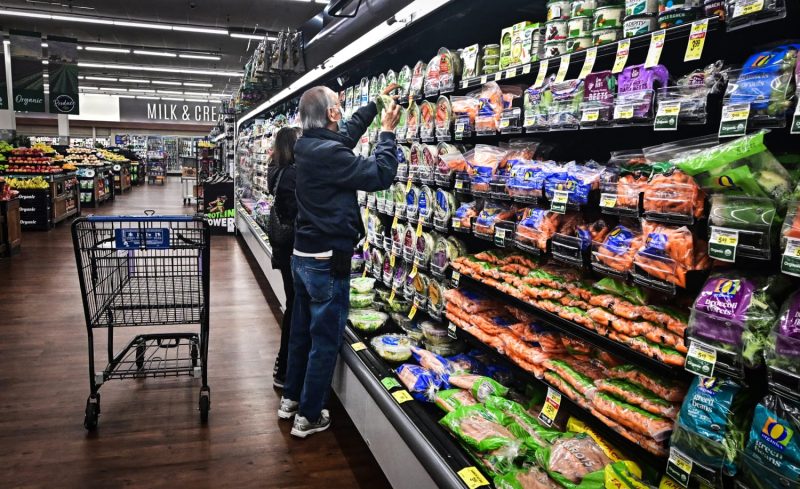Grocery shopping, an activity most of us engage in regularly, has become noticeably more expensive in recent years, prompting consumers to seek clarity on the rising costs. A multitude of factors contribute to the increased prices of groceries, and these issues have affected individuals and families across the globe. However, there is hope on the horizon as various strategies are being put into place to alleviate the financial burden on consumers.
Supply chain disruptions have played a significant role in the surge of grocery prices. The COVID-19 pandemic was a major catalyst for these disruptions, causing delays in production, transportation, and distribution of goods. As a result, the overall cost of getting products to the shelves has increased, and these expenses inevitably trickle down to the consumers.
Moreover, climate change has had a profound impact on agriculture, leading to crop failures and decreased yields. Extreme weather conditions, such as droughts and floods, have become more frequent, disrupting farming practices and driving up the prices of essential goods. In addition, the increased frequency of natural disasters has put further strain on the supply chain, exacerbating the issue of rising grocery costs.
Furthermore, changes in consumer behavior have also contributed to the inflation of grocery prices. The demand for organic and healthy products continues to grow, leading to higher production costs for farmers and suppliers. Additionally, the shift towards online shopping has driven up transportation and delivery expenses, ultimately affecting the prices consumers pay at checkout.
Amidst these challenges, there are initiatives in place to help consumers combat the high cost of groceries. Retailers are implementing technology-driven solutions to streamline their supply chains and reduce waste, ultimately leading to cost savings that can be passed on to customers. Furthermore, governments are exploring policies to support farmers and incentivize sustainable agricultural practices, aiming to stabilize food prices in the long term.
In conclusion, the reasons behind the rising cost of groceries are multifaceted and complex, encompassing supply chain disruptions, climate change, and evolving consumer behaviors. While the current landscape may seem daunting, there are promising developments on the horizon that offer hope for relief to consumers. By addressing these challenges collectively, we can work towards a more sustainable and affordable food system for all.
